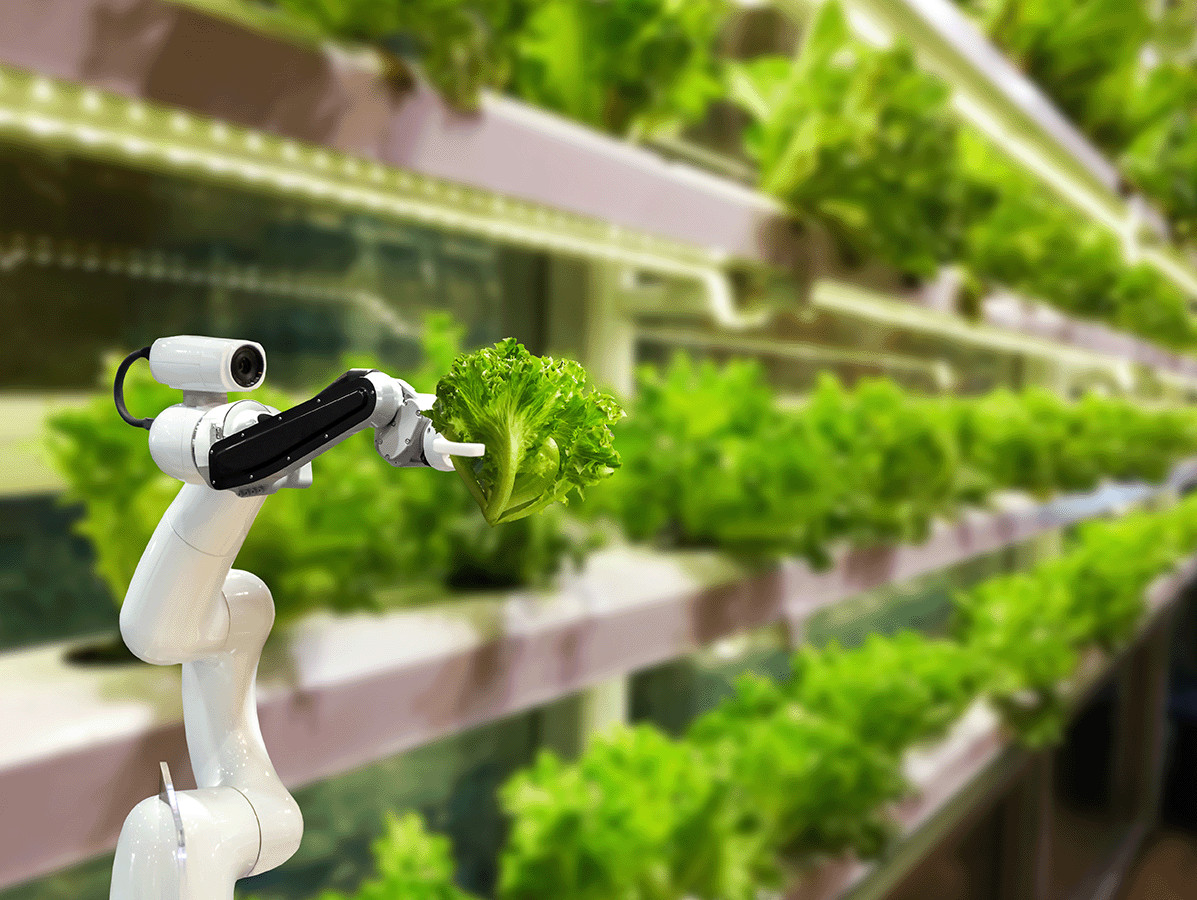
Picking up a bag of crisps or a slippery chicken breast is a real challenge for a robot. An ambitious, multidisciplinary research team is working on versatile robots for the agricultural and food industries that can cope with natural variation. ICT plays a key role in this.
'Variation is the major bottleneck', says Eldert van Henten, professor of Biosystems Engineering at Wageningen University and Research. No two tomatoes are the same. Robotics works fine if actions and objects are the same every time. However, food has an enormous variation in shape, size, colour and texture, and that is a big challenge.
With a large research programme in which five universities and fourteen companies work together, Van Henten wants to accelerate automation in agriculture and the food industry. Since 2019, he has led the Perspective programme FlexCRAFT. Until five years ago, robotics in the food industry worked with a so-called single-shot approach: a robot took a picture of its environment, extracted relevant information, planned a movement with an arm and tried to grab, cut or manipulate something. That was it. If the action did not succeed, the robot often did not even notice. A new element in FlexCRAFT is 'active perception', which allows the robot to continuously acquire new information during the action. Previously, the knowledge gained from previous actions was thrown away. Now the researchers try to store it in a mathematical model, a so-called world model. A robot then learns, for example, that it is not the leaves but the bunch of tomatoes that are interesting. It stores the location of the bunch and remembers it for later actions.
The research team is also working on so-called pre-planned movements, so that algorithms do not have to recalculate every move the robot makes. By drawing on a library of stored actions, the robot, like humans, uses a kind of muscle memory to quickly find the best way to pick up a biscuit, for example.
Photo: © kung_tom/Shutterstock.com
Source: NWO